As an old industry dating back to the beginning of civilization, mining operations have advanced with time. With increased technological advancements, mining, mineral prospecting, extraction, and processing have also advanced. Modern mining operations use advanced technologies like robotics, gravity gradiometry, autonomous vehicles, and even temporary structures. This article gives you six reasons why fabric buildings are common in most mining operations today.

What Are Fabric Structures?
A fabric structure is a building or structural facility made of sturdy all-steel frames and fabric material or tarp covers — with or without a frame — that is meant to be temporary. Fabric uses lightweight materials and offers end-users various aesthetic free-form facility or building designs. They’re different from permanent buildings that typically consist of bricks, concrete, steel, lumber, and more. These structures are built to provide heavy-duty protection from weather, storage space, and various wide range of needs.
Where Are Fabric Structures Used?
Fabric structures are versatile, and there are several situations and ways to use them. For example, you can use a fabric structure as an on-site workshop space for carpentry, masonry, agriculture or manufacturing. Fabric structures are also perfect storage equipment for construction, landscaping, and automotive businesses. When you add electricity and ventilation, you can use a fabric structure as an office or meeting space. You will commonly see a fabric facility for mining operations as structures in many mining sites.

Why Use Fabric Structures for Mining Operations?
Ideal for mining buildings, fabric structures give miners prefabricated portable shelters for temporary building sites, even in remote areas. Here are six reasons why miners use fabric structures:
1. Cost-effective
Compared to metal, wooden or concrete structures, fabric buildings use considerably lower cost materials, with little architectural planning and little construction time. This also helps to save on labor costs. Additionally, since they’re not permanent structures, you don’t need to apply for a building permit to erect a fabric structure, saving on cost and time.
2. Easy to construct
Unlike concrete or wooden structures, fabric buildings are easy to set up within a short time. They also need less manpower to construct because their parts come already designed to fit into one another when assembling. Fabric buildings can be three times faster to construct compared to concrete buildings. Since they can be constructed on any surface, selecting the site for fabric structures takes less time.
3. Portable
Another reason why fabric structures are a favorite in mining sites is that they’re portable. For example, if the mining team wants to shift their operations to a different site, they can simply pull down the structures, fold them and relocate with them to your new site. However, they would have to abandon concrete buildings or destroy them when moving to new sites, which is costly on the budget. Furthermore, if you don’t use the fabric structure anymore, you can just fold it and store it away for future use.
4. Reusable and sustainable
If you’re already mining, you don’t need further environmental degradation. Fabric materials offer you that opportunity because they’re recyclable. This means once you finish using your mining site, you won’t worry about the safe disposal of your site’s building, which might be too old for continued use. You’ll just need to identify a professional recycler who can buy the material or ask your supplier if they offer recycling services. And if you wish to keep using it someday, just fold it, store it and wait for the next time you go to the mining site.
5. Customizable
You can customize fabric buildings into different shapes, sizes, or models to suit your needs. You can also partition it into different sections or cubicles such as storage, garage, or any other partition you need. Fabric structures can also be customized with several roof styles and heights.
6. Less maintenance
In addition to all the above advantages, fabric structures need minimal maintenance and upkeep. But be sure to regularly check up and clean your structure. During checks, make sure the material is not torn, and the frames are in place. Check that the zippers, side panels, doors, and other accessories are in shape, along with checking to ensure that the structure is stable and free from fall. You can do this every six months or yearly.
Endnote
Fabric buildings are cheap to install, easy to construct, portable, reusable, and easy to maintain. These advantages make them the ideal structures for use as temporary structures in mining operations. The technology also offers better sustainability without further pollution or damage to the environment.
Author bio:
Habib-Ur-Rehman is well-known writer for tech, business, food and multiple topic writer with updated info for the audience, believe in the researched based content writing with outstanding writing style.
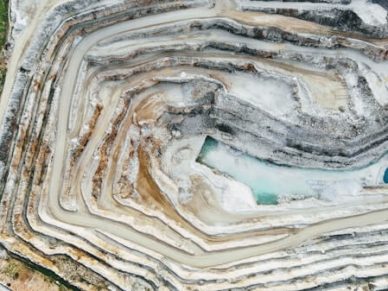

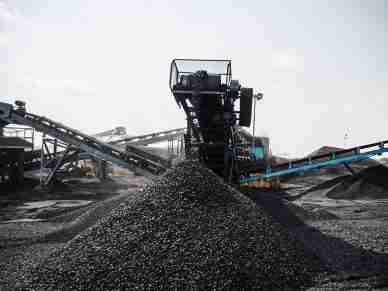
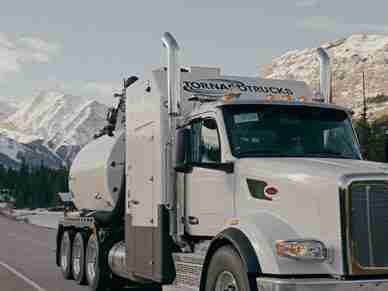

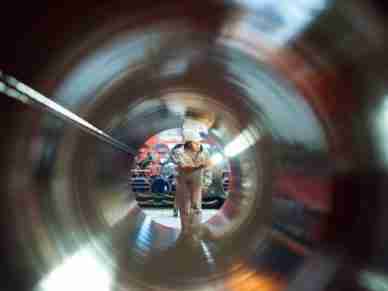
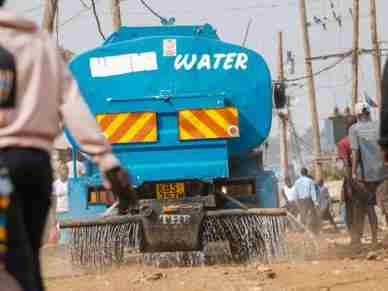
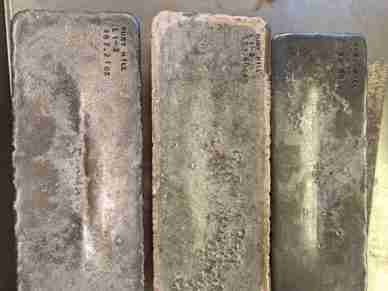

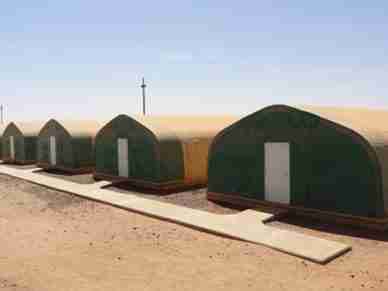
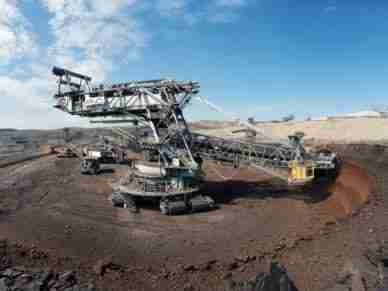




Leave a Reply